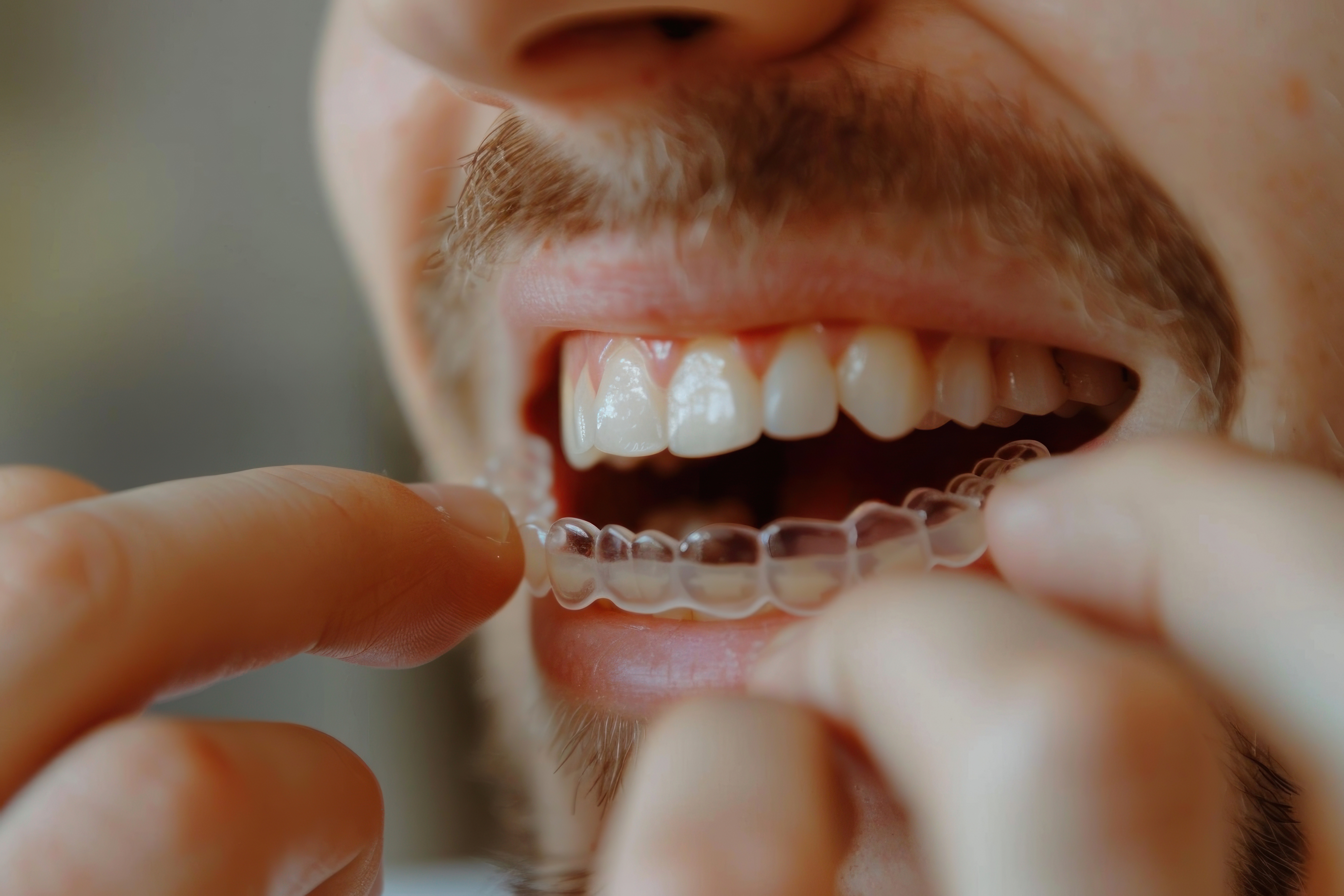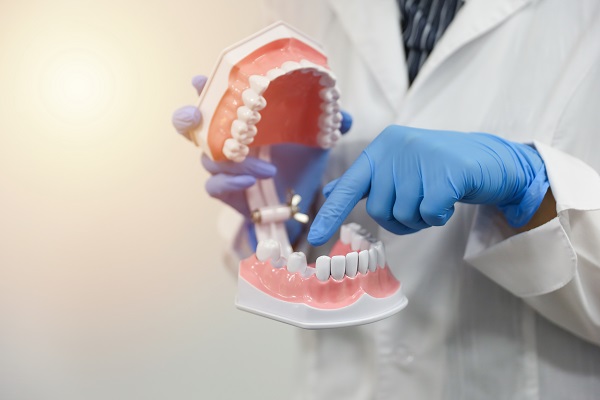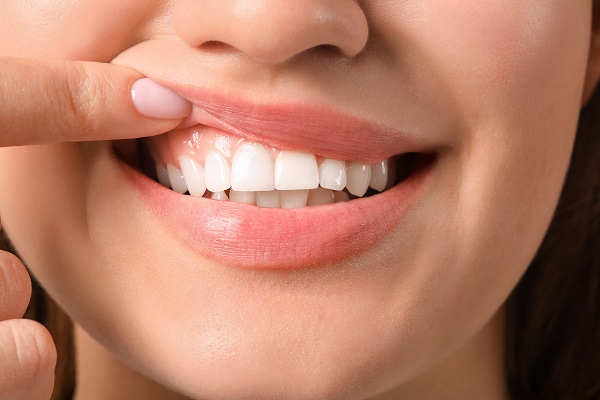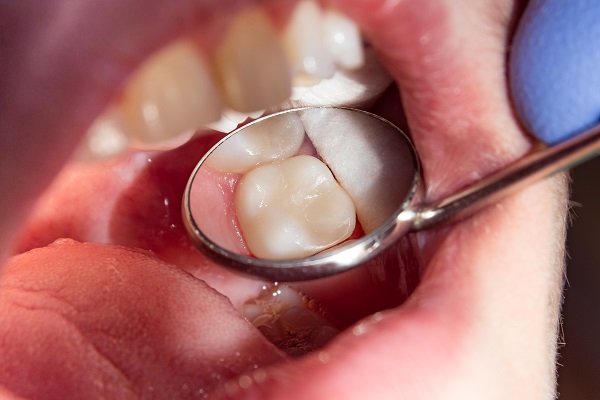Braces or Invisalign? Dr. Bawa Explains the Key Differences for Patients

Dr. Simranjit S. Bawa, DDS - a top Diamond+ Invisalign provider - is a proud Potomac native and US-born Sikh whose unwavering commitment to community service and dentistry sets him apart. With a Bachelor's in Biology from American University and a DDS from Howard University, Dr. Simranjit S. Bawa seamlessly integrates state-of-the-art technology with personalized care for patients of all ages. Driven by a passion for prevention and esthetics, Dr. Simranjit S. Bawa excels in everything from full mouth reconstructions to porcelain crowns, ensuring each treatment plan is tailored to enhance smiles and gum health. Off-duty, you'll find him cherishing family time, shooting hoops, hitting high notes, and indulging in culinary adventures from across the globe. Ready to experience dentistry with a personal touch? Say hello to Dr. Simranjit S. Bawa today!
Introduction
Choosing between traditional braces and clear aligners is a pivotal decision in dental care. With options evolving, Potomac Crown Dentistry offers top insights to help you navigate this choice. Dr. Bawa provides an in-depth look at both treatments, ensuring you understand which path may best suit your smile goals.
Dr. Bawa Invisalign vs. braces comparison in North Potomac, MD
Dr. Bawa emphasizes personalized treatment plans. Metal braces use brackets and wires to apply constant pressure, making them highly effective for complex dental cases. Invisalign aligners, crafted from SmartTrack® material, are custom-made and removable, offering discretion and convenience for mild to moderate cases.
Clear aligners vs. metal braces – Dr. Bawa’s insights
-
Esthetics & Comfort:
Invisalign’s transparent trays are virtually invisible and free from metal irritation. Braces may cause soreness from wire adjustments and can trap food, requiring extra care. -
Compliance & Control:
Aligners must be worn 20–22 hours/day; patient adherence is crucial. Braces are fixed, eliminating compliance concerns but limiting dietary choices.
In May 2025, the CDC reported a cave-associated histoplasmosis outbreak among travelers to Costa Rica’s Venado Caves, where exposure to bat droppings led to pulmonary illness CDC. Much like dental care, prevention and proper guidance are key: just as a guided tour and protective measures could have minimized fungal risk, professional supervision ensures your dental treatment proceeds safely and effectively.
Invisalign vs. traditional braces in North Potomac, Maryland
-
Treatment Time:
Both methods typically span 6–24 months. Complex cases may conclude faster with braces, while Invisalign often offers predictable timelines via ClinCheck® simulations. -
Maintenance & Hygiene:
Removable aligners allow normal brushing and flossing. Braces necessitate specialized tools (e.g., interdental brushes) to maintain oral health.
Dr. Bawa explains pros and cons of Invisalign and braces
| Factor | Invisalign | Braces |
|---|---|---|
| Visibility | Nearly invisible | Highly noticeable |
| Dietary Freedom | No need to remove before eating—no restrictions | Avoid hard/sticky foods |
| Adjustments | New aligners every 1–2 weeks, minimal office time | Tightening visits every 4–6 weeks, possible discomfort |
| Complexity | Best for mild–moderate misalignments | Suitable for severe malocclusions and bite corrections |
Key Takeaways
- Braces excel in managing complex dental corrections; Invisalign suits patients seeking discretion.
- Treatment duration is similar; compliance with aligner wear is critical for Invisalign success.
- Oral hygiene is simpler with removable aligners, though both require diligent care.
- Cost and lifestyle factors play a major role—discuss financial options during your consultation.
FAQs
1. How do I know if I’m a candidate for Invisalign?
Your dentist will assess your case during the initial exam; mild to moderate misalignments are generally suitable for clear aligners.
2. Can I switch from braces to Invisalign mid-treatment?
In some cases, yes—Dr. Bawa explains pros and cons of Invisalign and braces during your mid-course evaluation.
3. Will insurance cover either treatment?
Many plans include dental benefits; our office can verify your coverage for both metal braces and Invisalign.
4. How often will I visit the office with Invisalign?
Expect check-up visits every 6–8 weeks to monitor progress and receive new aligners.
5. What happens if I lose an aligner tray?
Contact our office promptly—we’ll advise whether to move to the next set or order a replacement.
Conclusion
Braces or Invisalign? Expert guidance from Dr. Bawa in North Potomac highlights that both options offer effective paths to a healthier smile. Your lifestyle, dental needs, and treatment goals will guide the optimal choice. Schedule a consultation at Potomac Crown Dentistry to explore your personalized plan.
Disclaimer: This post is for educational purposes and does not replace professional dental advice. Please consult a certified dental provider for personalized recommendations.
Remember: Consistency and follow-through are essential—your active participation ensures the success of any dental treatment.
Related Posts

3 Questions to Ask a Restorative Dentist
You might be interested in a consultation with a restorative dentist if you have a damaged.
read more
Why Is Gum Health So Important?
Although it may not seem like it, a person's gum health is vital for the health of his or her entire body.
read more
When a Dentist Would Recommend Tooth Colored Fillings
When teeth become damaged due to cavities or injury, dentists may use tooth colored fillings, also called composite fillings
read more